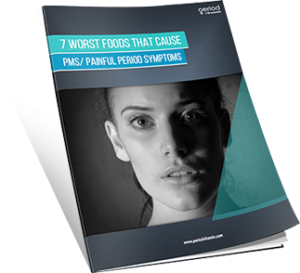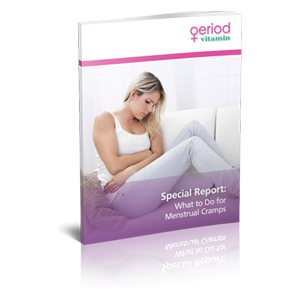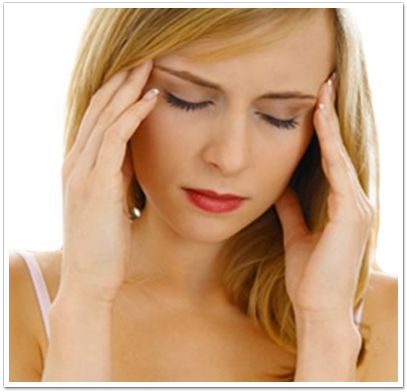 So you are living with premenstrual tension and wonder what you can do about it? Does pms tension only occur during the weeks prior to your period or does it continue after bleeding begins? What is the cause of premenstrual tension and what can be done to alleviate it? Is this a syndrome or a disorder or is it just another symptom of pms? Where in the menstrual cycle does pms occur?
So you are living with premenstrual tension and wonder what you can do about it? Does pms tension only occur during the weeks prior to your period or does it continue after bleeding begins? What is the cause of premenstrual tension and what can be done to alleviate it? Is this a syndrome or a disorder or is it just another symptom of pms? Where in the menstrual cycle does pms occur?
Menstrual Cycle is the cycle in which the body prepares for pregnancy. It is usually a 28 day cycle that runs from before your period in one month to after your period in that same month. A lot of people confuse the bleeding period with the entire menstrual cycle when the period is only a small part of the menstrual cycle.
Premenstrual –this stage last for about 2-3 weeks prior to the bleeding period. This is obviously the most common place for the development of Premenstrual Syndrome and all its symptoms. Some feel that the premenstrual stage is actually inclusive of follicular and luteal as well. Symptom wise it very well may be but in order to understand what happens in the cycle and when it is easier to look at it this way. Just keep in mind that the symptoms of pms are usually present through the follicular and luteal stages. So what does this mean for PMT (premenstrual tension) is anything?
Follicular: This stage goes from day one of the cycle through ovulation. Once ovulation starts, the follicular stage ends. Estrogen levels are dramatically increased during this stage and the breasts become very tender. Changes in moods including tension and anxiety also begin to show up. The uterine lining is growing thicker in this phase and the eggs are prepared for fertilization.
Luteal: This is the stage from ovulation to the start of the bleeding period. This ends the surge of estrogen and replaces it with a surge of progesterone. The progesterone is effective in reducing the level of estrogen. The woman’s eggs moved into a receptive stage for fertilization here. If fertilization is going to take place and the woman is going to be impregnated, it will happen in this phase.
Period: This is the bleeding stage. If a woman’s eggs are not fertilized at this point, then they are shed in this stage. Also shed is the excess uterine lining, blood and excess water. Bloating dissipates with this shedding.
Post menstrual: In this stage a small percentage of woman experience all the symptoms of pms even though she is not in a premenstrual stage.
Causes of Premenstrual Tension
So what is premenstrual tension (PMT) and what causes it? PMT is a part of the pms but it is not the same as pms. However when it was first recognized pms was labeled as PMT. It was later renamed as pms and PMT came to refer only to the aspect of pms that is the more than normal tension. The first recorded study of PMT was in 1931 and published in a medical journal that year. “Feelings of tension, self-deprecation, and even severe depression experienced by women in the 7–10 days preceding menstruation were accurately described.” (COLIN BLAKEMORE and SHELIA JENNETT. “premenstrual tension.” The Oxford Companion to the Body. 2001. Encyclopedia.com. 8 Oct. 2012 <http://www.encyclopedia.com>.)
Another study done in the middle east showed that in this “study in the early 1980s by the World Health Organization reported that the incidence of premenstrual mood changes varied between 23% amongst Sudanese women to 73% amongst Muslim women in the then Yugoslavia. Thus one is left with the conclusion that women can and do suffer from PMS irrespective of culture and society.” (http://www.encyclopedia.com/doc/1O128-premenstrualtension.html). In addition to tension pms can also cause headaches, constipation, nausea and vomiting.
It has long been known that hormones can affect the neurotransmitters in the brain and therefore influence emotions including feelings of tension, anxiety and depression. They can also affect the neurochemicals on the nerve cells. Recent studies indicate that estrogen increases serotonin secretions and that when estrogen levels are low (from the luteal stage through premenstrual stage) then the secretions of serotonin are low. We know that serotonin positively affects emotions and moods. Hormonal imbalances are naturally occurring during the menstrual cycle but can also be affected by a deficiency in fatty acids and Vitamin B6. We will address these in vitamins, lifestyle and diet remedies for PMT.
Remedies and Treatments for Premenstrual Tension
Natural Herbs can help to get rid of pms tension or at least can give some relief from it. There are several that can help.
Black Cohosh helps with mood changes and tension.
Chamomile can be made into a tea and drink a couple times a day a week or two before the beginning of the menstrual cycle acts as a diuretic and relieves the discomfort of bloating and this helps with the tension and mood swings. Other diuretic herbs that have the same affect include Dandelion, Boldo, Parsely, Piert and Juniper .
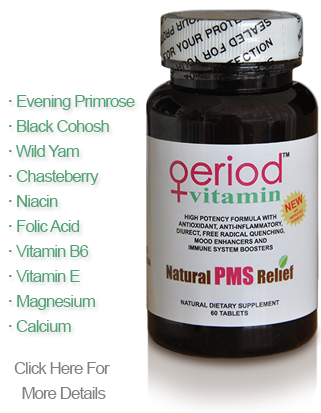 Starflower Oil and Evening Primrose Oil both have Gamma Linoleic Acid – a fatty acid – and it aids in the regulation of the hormonal balance and thereby reduces tension and depression.
Starflower Oil and Evening Primrose Oil both have Gamma Linoleic Acid – a fatty acid – and it aids in the regulation of the hormonal balance and thereby reduces tension and depression.
Humulus lupulus has been used for a very long time in treating sleeplessness and restlessness that leads to insomnia. Otherwise known as hops this herb is made into a tea to treat tension.
Lavender oil can be put into a bath for relaxation in order to relieve tension. It could also be used as massage oil or a compress as well.
Wild Yam contains phytoprogesterone, which is a form of progesterone found in nature and used to treat menstrual cycle symptoms including tension. This also might be an alternative to synthetic hormones in the process of attempting to treat PMT.
Women would take tablets of wild yam to restore their hormonal balance that is lost when estrogen is produced in very large quantities. For many women taking a natural hormone is preferable to taking a synthetic one.
There is an extract from chasteberry that has a history and reputation for combating moodiness and anger. This relieves premenstrual tension.
Vitamins and Supplements can help in the management of thistension. The most important of these vitamins and supplements are:
• Vitamin B3 niacin is known to relieve nervousness and tension while a shortage of B3 will increase it along with irritability and depression.
• Vitamin B9 or folic acid is known to relieve menstrual cycle tension.
• Magnesium needs to be taken at a rate of 1000 mg per day in order not to have a deficiency which aggravates pms symptoms including tension.
• Calcium taken in a dose of 1500 mg per day will help reduce the symptoms.
• Vitamin B6 is known for reduction of water retention and also blood circulation improves and these things reduce tension. It is also known to increase serotonin and alleviate tension by creating good feelings.
• Vitamin E helps reduce breast soreness and that eventually affects tension. It is the antioxidant properties of Vitamin E that help to combat tension and mood swings.
Lifestyle and Diet:
There are an amazing amount of things a woman can do in respect to lifestyle changes and diet that will help her to deal with post menstrual tension. Here are some ideas for lifestyle, diet and nutrition. We previously covered many nutrition items when discussing the essential elements a little earlier. Here are a few other dietary recommendations to reduce pms tension.
Reduce the amount of salt, caffeine, and alcohol consumed. All of these items will add to bloat and also deplete needed vitamins and minerals from the body. Without this tension can be increased. Also look at reducing sugar and saturated fats. These will reduce the body’s production of Omega 3 and essential fatty acids and this can cause a hormonal 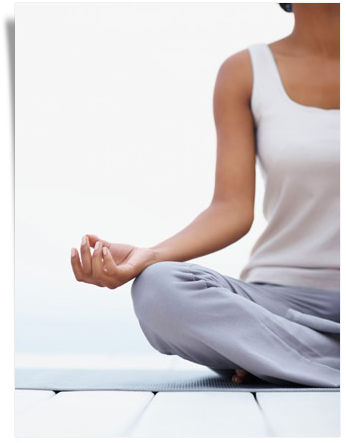 imbalance or add to the one that is caused by the menstrual cycle to begin with.
imbalance or add to the one that is caused by the menstrual cycle to begin with.
Pharmaceuticals: Pharmaceuticals such as anti-anxiety and anti-depressants can help to take the edge of during the premenstrual stages and help to make an increase in tension less likely. Hormone replacement injections from a physician are also quite effective in relieving this issue as it is caused by the hormonal imbalance of the menstrual cycle.
Lifestyle recommendations include avoiding situations that you know will cause you stress and exercising to relieve stress. It is also recommended that meditation, yoga and relaxation responses become a regular part of your daily routine.
Meditation can consist of many different things and in many different environments, including quiet time, quiet calming music, guided imagery and listening to meditation cds or tapes. Learning yoga positions is a very good idea for relief of premenstrual tension.
Yoga is well known for the benefits it offers in the area of relaxation. Yoga is successful in releasing tension because it combines several factors – exercise in reaching the level of movement needed for yoga positions; stretches for the same reason and meditation is a built in part of the art of yoga.
So you can certainly find a way to live with Premenstrual Tension if you just take advantage of these suggestions.


